Americans are drowning in debt traps that would have been unimaginable just a generation ago. From splitting grocery bills into four payments to financing vacations through apps, we’ve normalized borrowing for everything. American households carry a total of $18.388 trillion of debt and average $105,056 per household. Total debt is at an all-time high as of the second quarter of 2025, according to the Federal Reserve. The household debt isn’t just a number – it represents millions of people caught in cycles they never intended to enter. But here’s the thing about traps: once you can see them clearly, you can start planning your escape.
20. The Psychology Behind Modern Debt Traps

What makes today’s debt traps more dangerous than previous generations is how seamlessly they integrate into our daily lives. American household debt reached $18.388 trillion by 2025, with debt accumulation at all-time highs. We’re not just dealing with traditional credit cards and loans anymore – debt is embedded in our apps, our shopping experiences, and our entertainment.
The companies behind these products employ teams of behavioral economists and data scientists who understand exactly how to make debt feel like convenience, rewards, or even financial wellness. They’ve gamified borrowing, made it social, and wrapped it in the language of empowerment and financial flexibility.
Modern Debt Trap Characteristics:
- Seamless integration into daily apps and services
- Behavioral psychology targeting impulse decisions
- Micro-transactions that feel insignificant individually
- Social media integration that normalizes borrowing
- “Empowerment” messaging disguising debt as financial tools
19. Breaking Free from the Debt Cycle
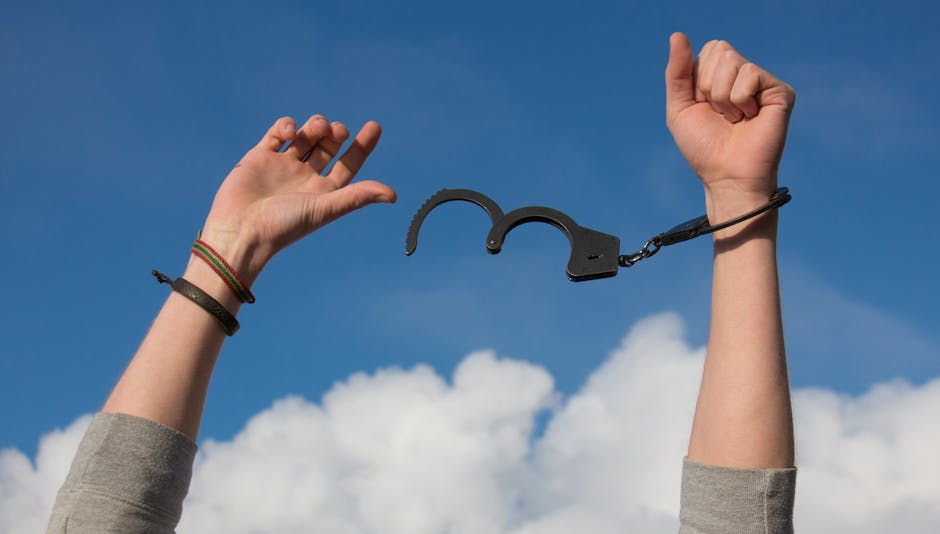
The path out of debt traps isn’t just about paying off balances – it’s about fundamentally changing your relationship with money and credit. The best remedy is to create a budget to determine how much money you have coming in and where it’s going, then try to cut expenses and talk to lenders about options for modifying payment plans or reducing monthly payments.
Start by doing a complete debt inventory. List every monthly payment you’re committed to, from mortgage and car payments to subscription services and BNPL arrangements. Many people are shocked to discover they’re committed to thousands of dollars in future payments for things they barely use or remember buying.
Debt Freedom Action Plan:
| Week | Action | Goal |
|---|---|---|
| 1 | Complete debt inventory | Know total obligations |
| 2 | Create emergency budget | Stop new debt accumulation |
| 3 | Contact creditors | Negotiate payment terms |
| 4 | Build $500 emergency fund | Break paycheck-to-paycheck cycle |
18. Whole Life Insurance as Investment

Insurance salespeople love to pitch whole life insurance as a way to “buy term and invest the difference.” The idea is that instead of buying cheaper term life insurance, you buy permanent life insurance that builds cash value you can borrow against.
But whole life insurance is typically a terrible investment vehicle. The returns are poor, the fees are high, and the insurance component is expensive compared to term life insurance. When you borrow against the cash value, you’re literally borrowing your own money and paying interest on it.
Why Whole Life Insurance Fails as Investment:
- Average returns: 2-4% annually vs. 10% stock market historical average
- High fees: Can reduce returns by 1-3% annually
- Complexity: Difficult to understand true costs and benefits
- Liquidity issues: Early withdrawal penalties can last decades
- Opportunity cost: Money could earn more in simple index funds
17. Tax Refund Anticipation Loans
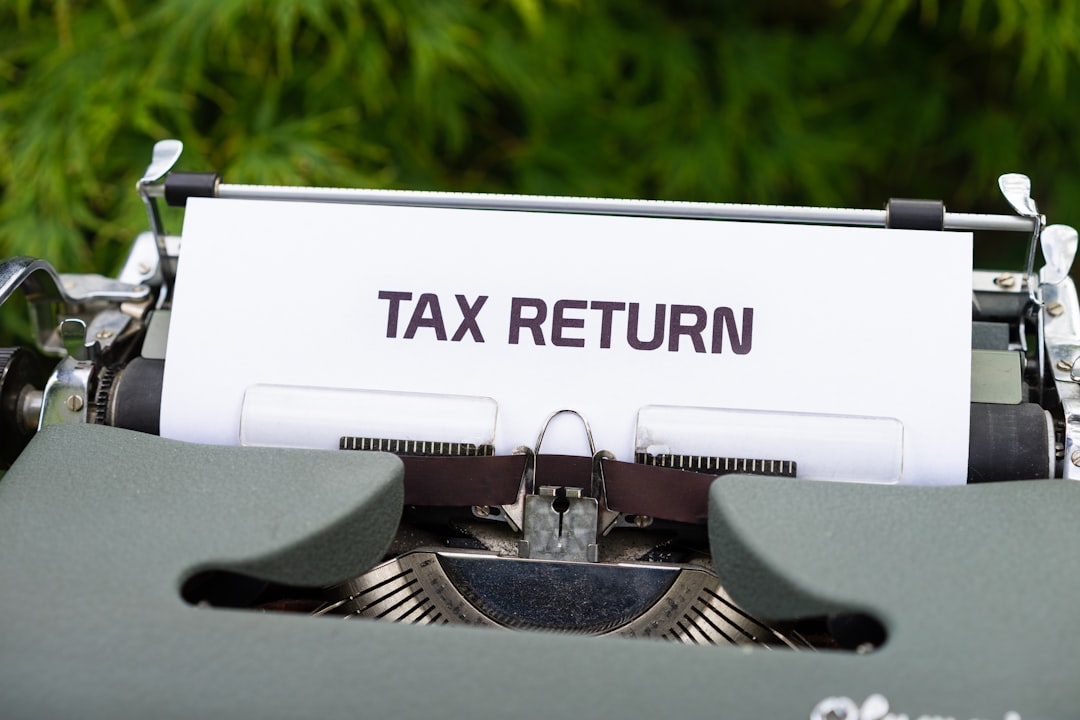
Tax preparation companies offer “instant” refunds by giving you a loan against your expected tax refund. Instead of waiting two to three weeks for the IRS to process your return, you can walk out of the tax prep office with cash immediately.
These aren’t actually refunds – they’re high-interest loans secured by your refund. The fees can represent an annual percentage rate of over one hundred percent for what amounts to a two-week loan. You’re paying premium interest rates for the convenience of getting your own money a few weeks early.
Refund Anticipation Loan Reality:
| Loan Amount | Fee | APR Equivalent | Wait Time Avoided |
|---|---|---|---|
| $1,500 | $50 | 87% | 2-3 weeks |
| $2,500 | $75 | 78% | 2-3 weeks |
| $5,000 | $100 | 52% | 2-3 weeks |
16. Car Lease-to-Purchase Programs
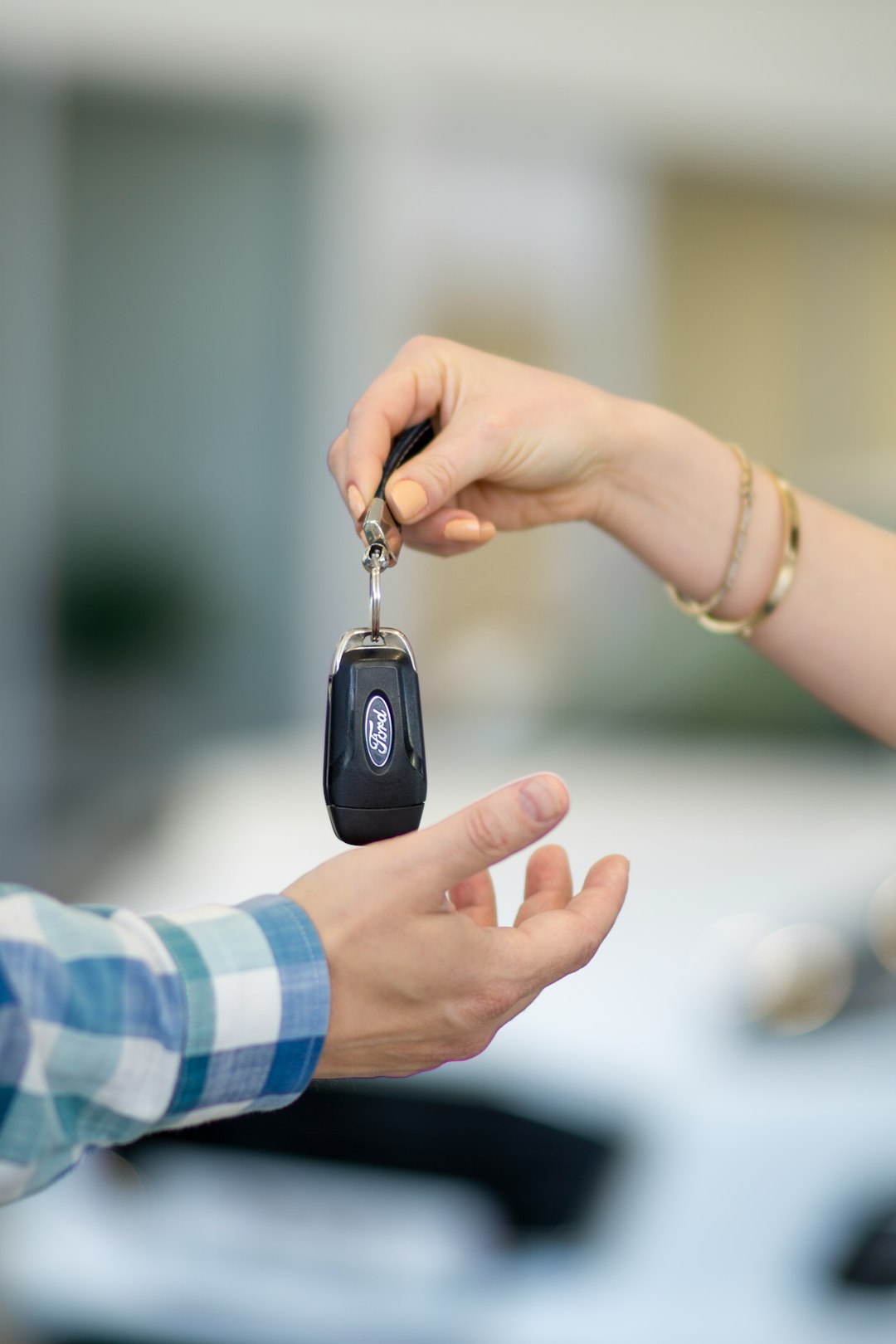
Car leases can make sense for some people, but lease-to-purchase programs are almost always bad deals. These programs let you lease a car with the option to buy it at the end of the lease term, supposedly giving you flexibility while building toward ownership.
The reality is that you’re paying the highest depreciation costs during the lease period, then paying the remaining value when the car is already several years old. You end up paying more than if you had just bought the car initially, and you’re driving a car you don’t own while paying for its steepest depreciation.
Lease-to-Purchase vs. Direct Purchase Comparison:
- Lease-to-purchase total cost: Often 130-150% of original car value
- Direct purchase cost: 100% of car value plus financing costs
- Ownership timeline: 3-4 years vs. immediate
- Equity building: Delayed vs. immediate
- Maintenance costs: Often higher due to wear-and-tear charges
15. Vacation Debt Through Buy Now, Pay Later

Picture this: you’re scrolling through Instagram, seeing everyone’s amazing vacation photos, and suddenly that Dominican Republic trip doesn’t seem so out of reach. One 25-year-old used Afterpay to finance a $4,000 vacation to the Dominican Republic, calling it a “great alternative” to a credit card since she was able to make a down payment and then gradually make payments for six months.
It seems brilliant at first. Instead of charging your entire vacation to a credit card, you can break it down into manageable monthly payments. But here’s what happens next: you’re paying for last year’s vacation while planning this year’s trip. Americans are using BNPL services for everyday items like groceries, and when providers like Klarna partner with DoorDash so customers can “eat now, pay later,” it creates what experts call a debt trap waiting to happen.
BNPL Vacation Debt Statistics:
- The BNPL payment market in United States is expected to grow by 12.2% on annual basis to reach US$122.26 billion in 2025
- More than 4 in 10 (41%) users of buy now, pay later (BNPL) loans say they paid late on one of them in the past year, up from 34% just a year ago
- Klarna’s net loss for the first three months of 2025 was $99 million, up from $47 million a year ago. Its first-quarter consumer credit losses rose 17% compared with the same period a year ago
- An estimated 86.5 million people in the U.S. used BNPL in 2024, up 6.92% year-over-year (YoY). In 2025, 91.5 million American consumers will use BNPL, up 5.78% YoY
14. Credit Card Balance Transfers That Never End
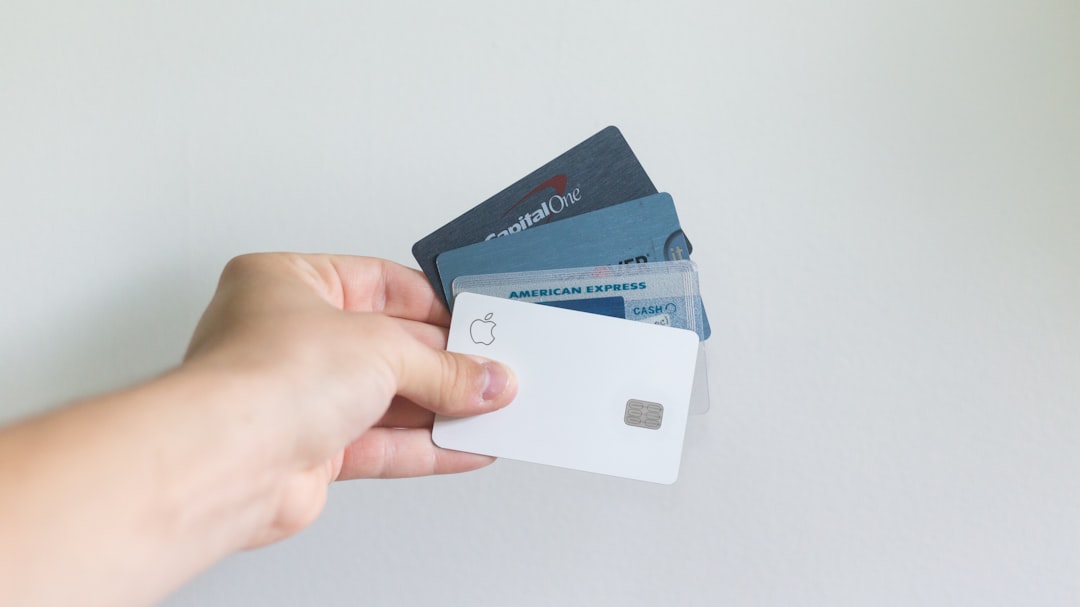
Balance transfers feel like financial magic tricks. You move your high-interest debt to a card with zero percent interest for twelve to eighteen months, and suddenly you’re winning at money management. Except most people don’t actually pay off the debt during the promotional period.
What actually happens is this: you transfer your balance, feel immediate relief, and then slowly start using that original card again. 46 percent of American credit cardholders carry a balance as of June 2025. That’s down slightly from 48 percent in November and 50 percent in June 2024, but still up from 39 percent in December 2021. By the time your promotional rate expires, you’ve got debt on both cards.
Balance Transfer Escape Strategy:
| Step | Action | Timeline | Success Rate |
|---|---|---|---|
| 1 | Cut up original card | Immediately | 85% |
| 2 | Calculate exact monthly payment needed | Day 1 | 78% |
| 3 | Set up automatic payments | Within first week | 92% |
| 4 | Track progress monthly | Every 30 days | 67% |
13. Home Equity Line of Credit (HELOC) for Daily Expenses
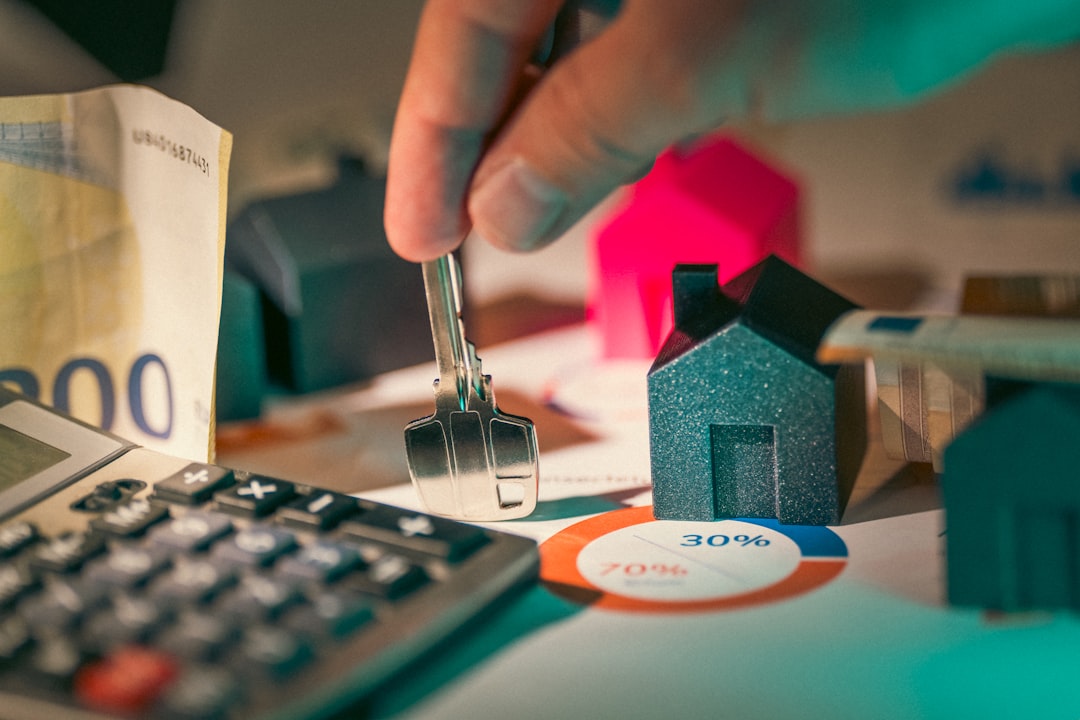
Your house has gained value, and suddenly you’ve got access to cheap credit through a HELOC. The interest rate is lower than credit cards, so it seems smart to use it for renovations, maybe some debt consolidation, or even everyday expenses when money gets tight.
But here’s the terrifying reality: you’re basically gambling with your home. With median home prices in America ranging from approximately $350,000 to $435,000 in 2025 depending on the measurement used, that’s a big loan even with 20% down. When people tap their home equity for non-essential purchases, they’re turning their biggest asset into their biggest liability.
HELOC Danger Signs:
- Using HELOC for: Groceries, vacations, credit card payments
- Draw period trap: Interest-only payments create false affordability
- Repayment shock: Payments can double or triple when draw period ends
- Home at risk: Default means potential foreclosure
- Variable rates: Payments increase as interest rates rise
12. Payday Loan Rollovers
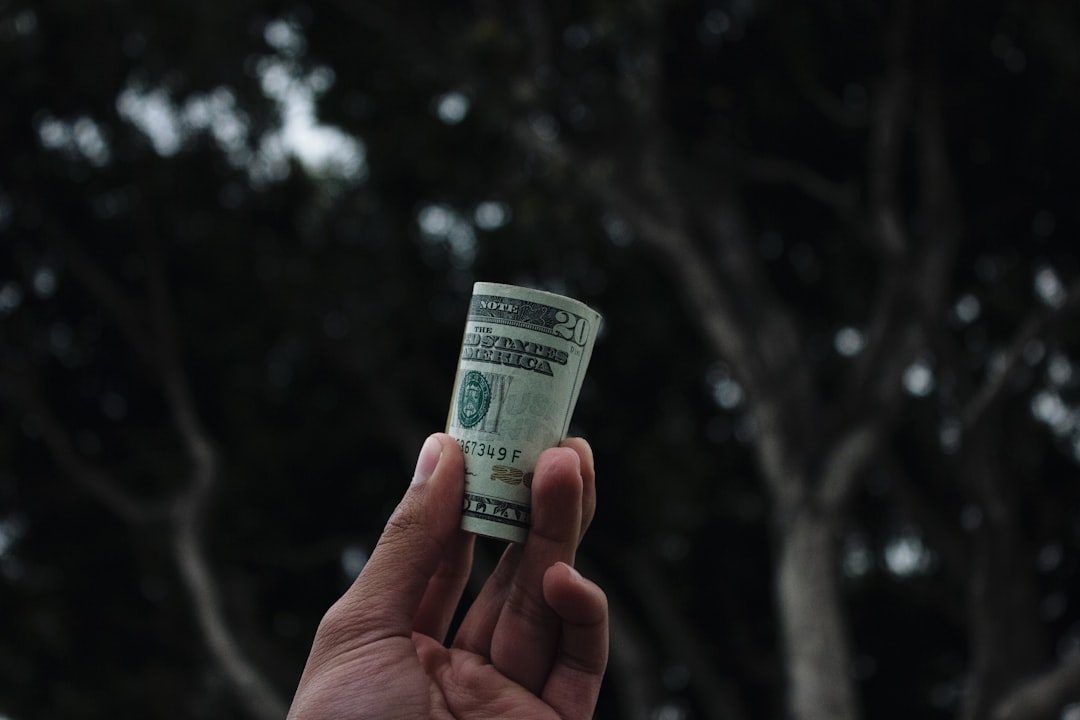
Let me paint you a picture of financial quicksand. You need three hundred dollars to fix your car, and payday seems forever away. The payday loan store promises quick cash with just your ID and bank account information. Getting a payday loan is simple: all you need is a driver’s license, a Social Security card, proof of income, and a bank account number.
In fact, 80% of borrowers wind up getting 11 or more payday loans in a row, paying extra fees and interest on the same debt with each new loan. They get stuck in what’s known as the payday loan debt trap. The average borrower stays in debt for five months out of the year, continuously rolling over the same loan.
The Devastating Numbers:
- The average payday loan has $520 in fees for an initial loan of $375
- The average annual percentage interest rate for payday loans is 391%
- In the 30 states that allow payday lending, these loans drained more than $2.4 billion in fees in a single year, with borrowers taking out over 20 million loans
- More than 80 percent of payday loans are rolled over or renewed within two weeks
- The typical payday borrower is in debt five months out of the year
11. Store Credit Cards for “Exclusive” Deals
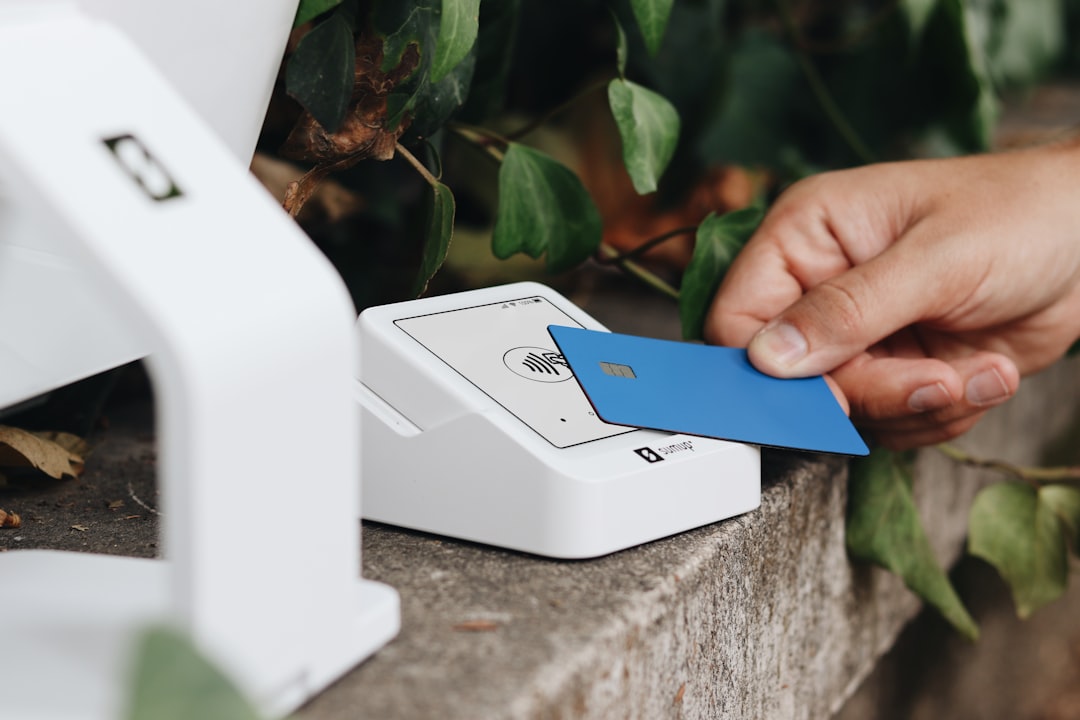
The cashier makes it sound irresistible: “You’ll save twenty percent on today’s purchase, plus get exclusive member pricing and early access to sales.” All you have to do is apply for their store credit card, and boom – instant savings. What they don’t mention is that you’re often looking at interest rates between twenty-five and thirty percent.
Store cards are designed to make you spend more, not save more. The psychology is brilliant and brutal: you feel like a VIP member, you get special offers sent directly to your inbox, and every purchase feels like you’re getting a deal because you’re using “your” card at “your” store.
The average credit card balance is $6,371 as of the first quarter of 2025, according to TransUnion. Store cards typically have higher rates than regular credit cards, and that twenty percent you saved on your first purchase gets eaten up by interest charges within a few months.
Store Card vs. Regular Card Comparison:
| Feature | Store Card | Regular Credit Card |
|---|---|---|
| Average APR | 25-30% | 20-25% |
| Initial Discount | 10-20% | None |
| Usage Flexibility | One retailer only | Anywhere |
| Credit Building | Limited | Better reporting |
| Rewards Value | 1-2% at store | 1-2% everywhere |
10. Cryptocurrency Credit Card Spending
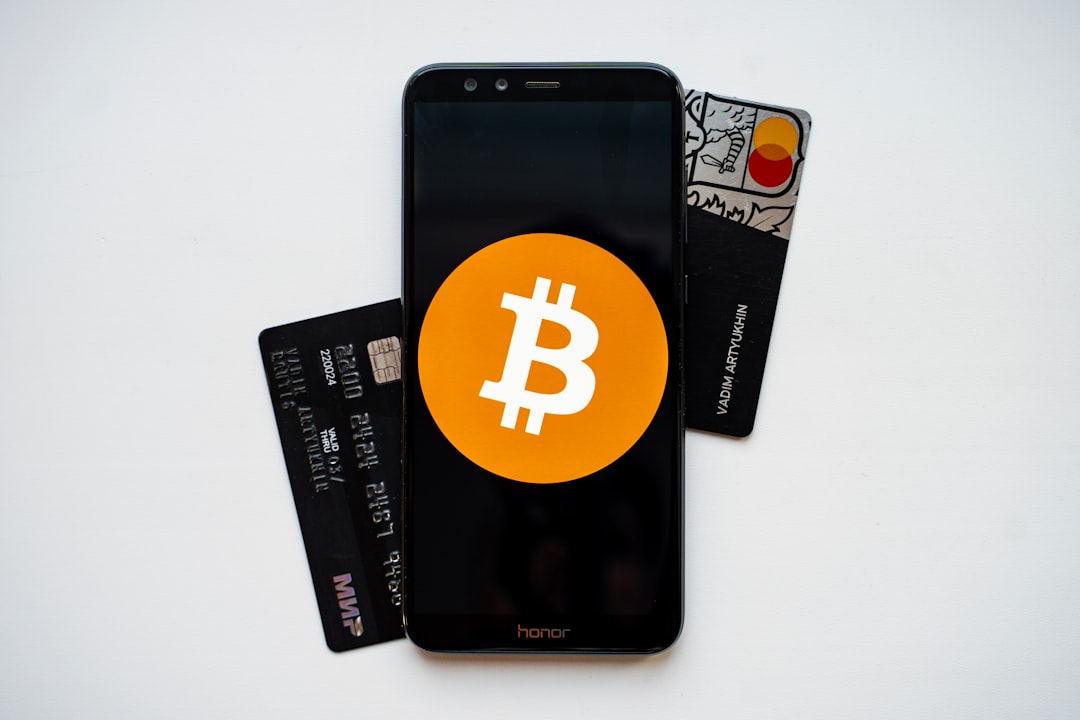
Crypto was supposed to be the future of money, and credit cards were supposed to be old-school debt traps. So naturally, someone decided to combine them. Crypto credit cards promise rewards in Bitcoin or other cryptocurrencies, making every purchase feel like an investment in your financial future.
Here’s where it gets dangerous: you’re spending real money to earn volatile digital assets, often at high interest rates if you carry a balance. When crypto prices drop, your rewards lose value, but your credit card debt stays the same. You’re essentially paying premium interest rates to gamble on digital currencies.
Crypto Credit Card Reality Check:
- Reward volatility: Bitcoin rewards can lose 50%+ value in months
- High APRs: Often 20-30% for crypto reward cards
- Annual fees: $95-$550 common for premium crypto cards
- Tax complexity: Crypto rewards may be taxable income
- Psychological trap: Every purchase feels like “investing”
9. Student Loan Forbearance Cycles

Student loan forbearance feels like a financial life preserver when you’re drowning in monthly payments. You can pause your payments for up to twelve months, giving you breathing room to get your finances together. The problem? Most people use forbearance as a bandage, not a solution.
Student loan debt in the United States totals $1.814 trillion, with the outstanding federal student loan balance at $1.661 trillion affecting 42.5 million borrowers. When payments resume after forbearance, borrowers often find themselves in the same financial position that forced them to seek forbearance in the first place.
Forbearance Reality Check:
| Forbearance Period | Interest Accrued on $30k | New Monthly Payment | Total Added Cost |
|---|---|---|---|
| 6 months | $1,200 | $15 higher | $1,800 over loan life |
| 12 months | $2,400 | $30 higher | $3,600 over loan life |
| 24 months | $4,800 | $60 higher | $7,200 over loan life |
8. Auto Title Loans for Quick Cash

Your car is paid off, you need cash fast, and traditional lenders won’t approve you. Auto title loans seem like the perfect solution – use your car’s title as collateral for a quick loan, keep driving your car, and pay back the loan over time. What could go wrong?
Everything. The CFPB found that the vast majority of auto title loans are re-borrowed on their due date or shortly thereafter. The cycle of taking on new debt to pay back old debt can turn a single, unaffordable loan into a long-term debt trap. Unlike payday loans, when you default on an auto title loan, you lose your transportation.
Auto Title Loan Dangers:
- Repossession risk: 1 in 5 borrowers lose their vehicle
- High APRs: Average 300% annually
- Short terms: Usually 30 days, creating rollover cycle
- Vehicle dependency: Most borrowers need car for work/income
- Loan-to-value: Typically only 25-50% of car’s worth
7. Peer-to-Peer Payment Apps for Loans
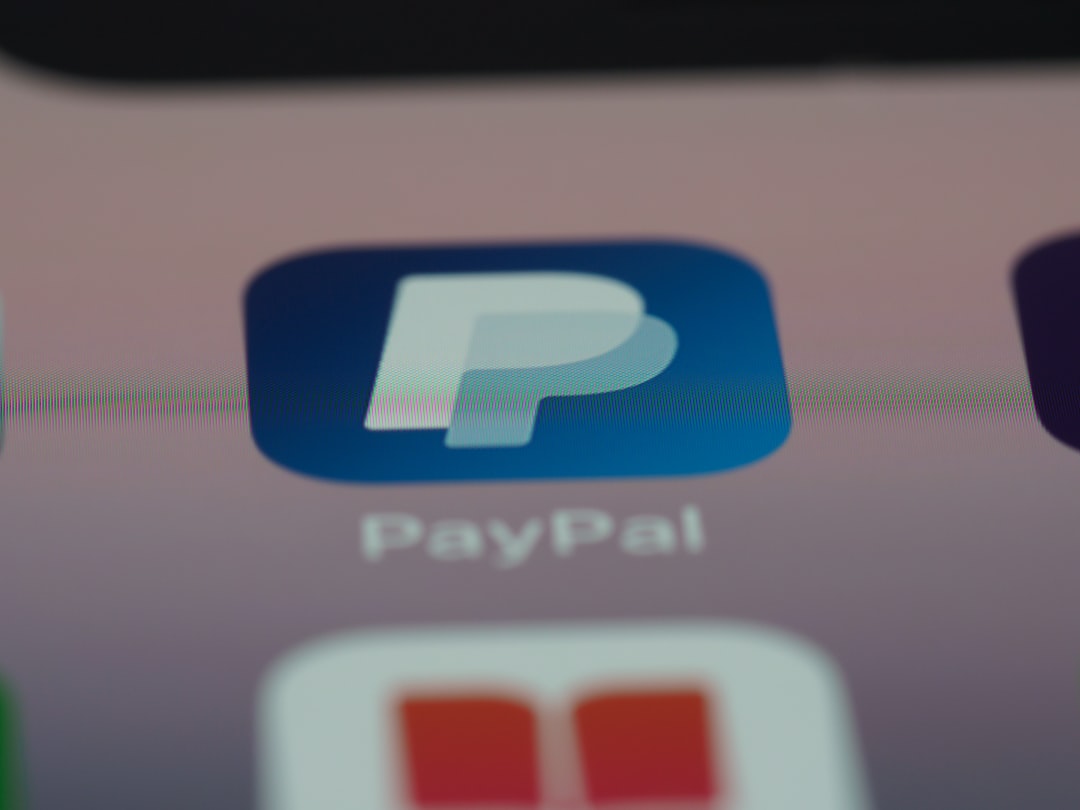
Venmo, Cash App, and Zelle have made sending money as easy as sending a text. But they’ve also created a new type of informal lending that’s causing major financial headaches. Friends and family members are using these apps to make loans, often without any clear repayment terms or legal protection.
The trap isn’t just financial – it’s social. When you owe money to a friend through a payment app, every social media post becomes a reminder of your debt. Every group dinner becomes awkward when you can’t split the bill. These informal loans often come with unspoken interest – relationship stress, guilt, and damaged friendships.
P2P Lending Problems:
- No legal protection: Apps don’t mediate disputes
- Social pressure: Public payment histories create shame
- Unclear terms: No formal repayment schedules
- Relationship damage: 60% report friendship strain over app loans
- No credit building: Payments don’t improve credit scores
6. Medical Payment Plans That Multiply

Medical debt is often unavoidable, and payment plans seem like a reasonable way to handle large medical bills. Hospitals and medical providers are usually willing to work with patients, offering monthly payment plans that make expensive procedures manageable.
According to The Urban Institute, 13% of Americans – over 43 million people – had medical debt in collections in 2022, with that number higher in communities of color at 15%. The problem with medical payment plans is that medical emergencies rarely come one at a time.
Medical Debt by Demographics:
| State/Region | Percentage with Medical Debt | Median Debt Amount |
|---|---|---|
| West Virginia | 24% | $900+ |
| Wyoming | 15%+ | $900+ |
| Utah | 15%+ | $900+ |
| National Average | 13% | $703 |
5. Subscription Service Stacking
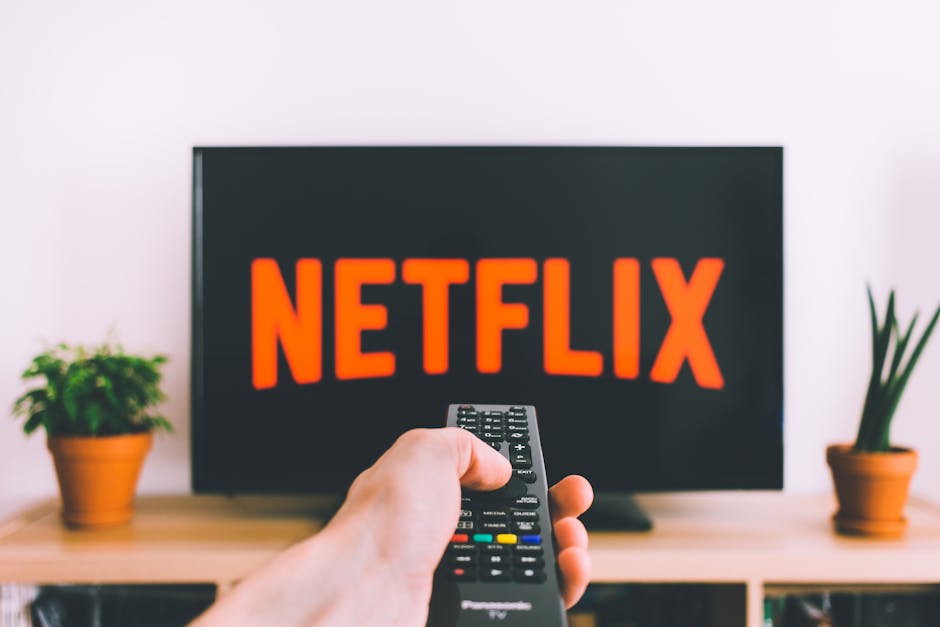
It started innocently enough. Netflix for movies, Spotify for music, maybe Amazon Prime for free shipping. Each service costs less than a dinner out, so it feels reasonable. But somewhere along the way, your monthly subscriptions turned into a second rent payment.
The subscription trap is particularly insidious because each individual service feels affordable and justified. You use Netflix for entertainment, Spotify for workouts, Adobe Creative Cloud for side projects, and Peloton for fitness. Each serves a purpose, but together they create a fixed monthly expense that’s harder to cut than variable spending.
Common Subscription Categories:
- Entertainment: Netflix, Hulu, Disney+, HBO Max ($40-60/month)
- Music: Spotify, Apple Music, YouTube Premium ($30/month)
- Software: Adobe, Microsoft Office, productivity apps ($50-100/month)
- Fitness: Peloton, fitness apps, nutrition tracking ($30-50/month)
- Shopping: Amazon Prime, delivery services ($15-30/month)
- Total potential: $165-270 monthly for “small” subscriptions
4. Cash Advance Apps with “Tips”
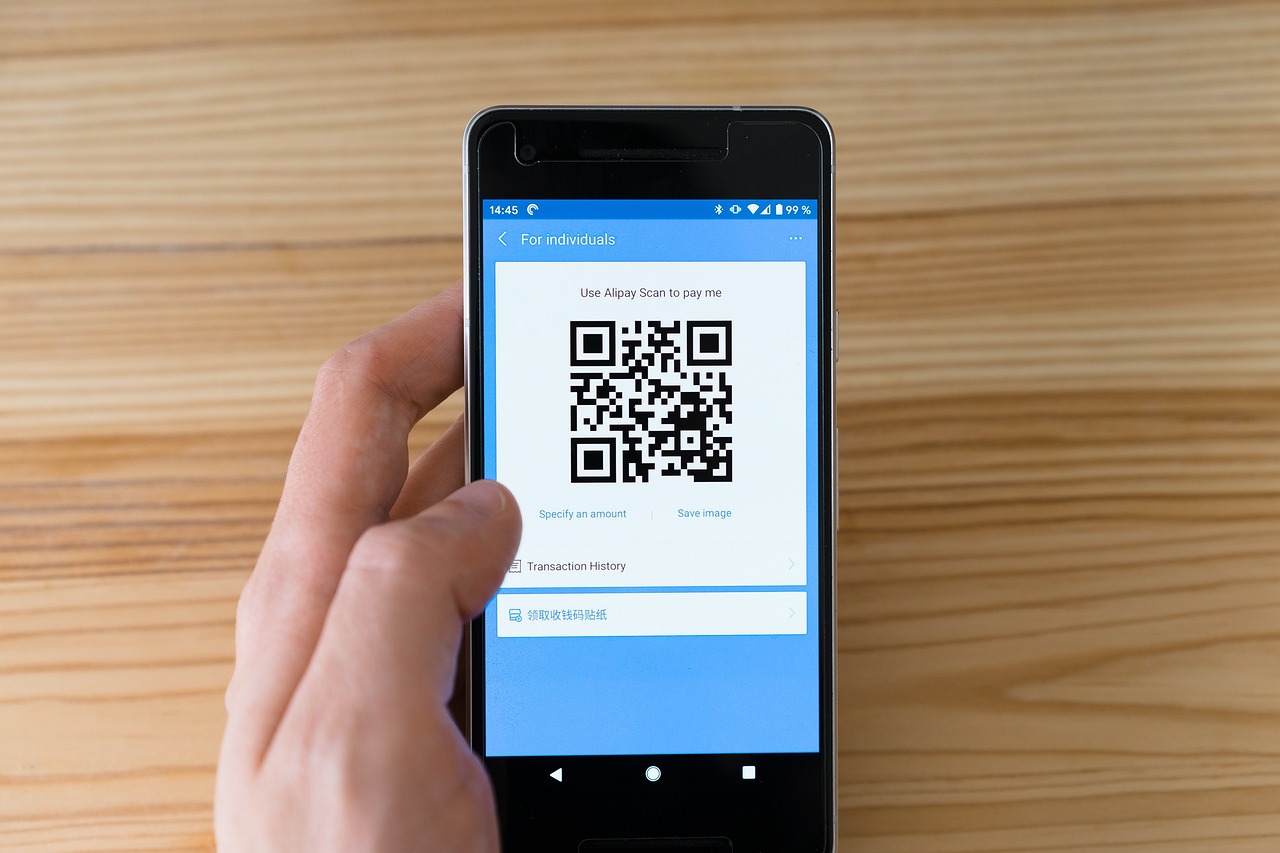
Cash advance apps like Earnin, Dave, and Brigit market themselves as alternatives to payday loans. Instead of charging interest, they ask for optional “tips” and small fees. You can get an advance on your paycheck without the crushing interest rates of traditional payday loans.
But optional tips aren’t really optional when the app suggests amounts and makes it clear that tips help you get larger advances in the future. Brigit combines cash advances of up to $250 with proactive financial tools, charging $9.99/month for access to instant transfers, budgeting features, credit monitoring, and balance alerts.
Cash Advance App Reality:
| App | Monthly Fee | Max Advance | “Suggested Tip” | Effective APR |
|---|---|---|---|---|
| Earnin | $0 | $750 | $3-5 per $100 | 156-260% |
| Dave | $1 | $500 | $1-3 per $100 | 52-156% |
| Brigit | $9.99 | $250 | $2-4 per $100 | 104-208% |
3. Buy Now, Pay Later for Everyday Essentials

Here’s how to escape the BNPL trap that’s caught millions of Americans: start by acknowledging that splitting a grocery bill into four payments isn’t budgeting – it’s a warning sign. A recent Yahoo Finance report revealed that more Americans are turning to BNPL for everyday essentials like groceries, fast food, gas, and even utility bills, with Klarna recently reporting a 17% increase in credit losses.
The key to avoiding the debt trap is simple: stick to a budget. If you can’t afford to buy something outright, consider whether it’s a need or a want. And if it’s not a necessity, it may be wiser to save for the purchase rather than relying on BNPL.
BNPL Usage Statistics 2025:
- The BNPL market in United States is expected to grow by 12.2% annually to reach $122.26 billion in 2025
- More than 40% of BNPL users paid late on one of their loans in the past year, up from 34% just a year ago
- Consumer credit losses, or lost revenue from unpaid loans, rose by 17% during the first quarter of 2025
- The average BNPL loan amount is $135 over six weeks
BNPL Escape Plan:
| Week | Action | Success Metric |
|---|---|---|
| 1 | List all current BNPL obligations and due dates | Complete inventory |
| 2 | Delete all BNPL apps from your phone | Remove temptation |
| 3 | Create a cash-only budget for discretionary spending | No new BNPL debt |
| 4 | Build a small emergency fund to avoid future BNPL temptation | $200-500 saved |
2. Credit Card Cash Advances for Rent
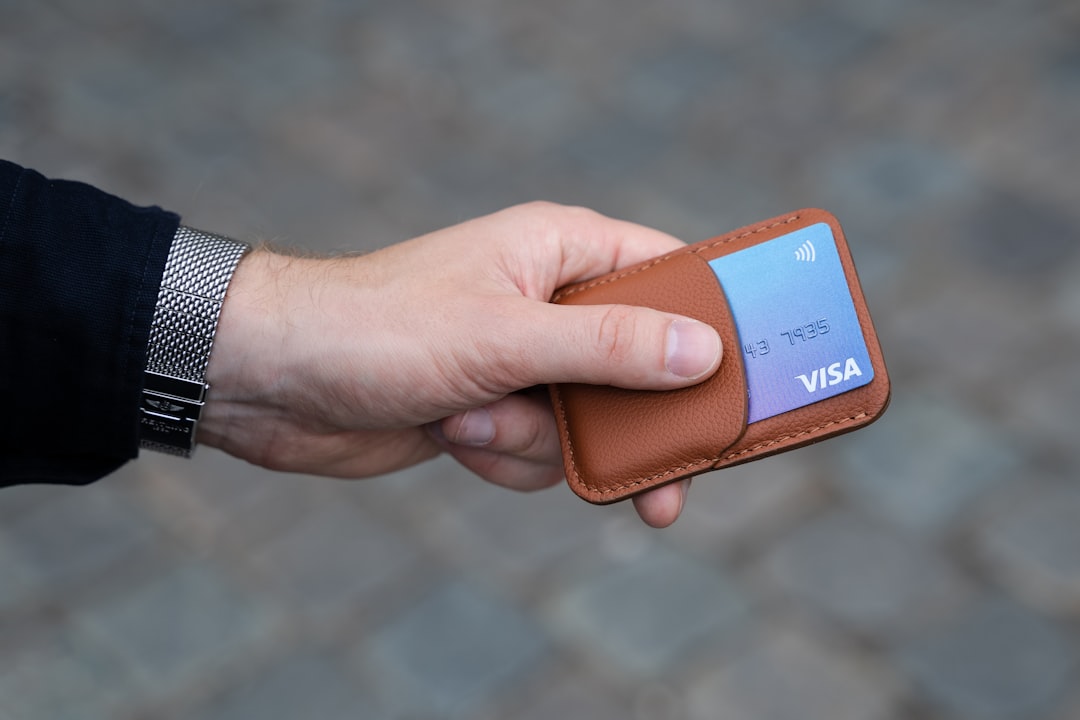
When rent is due and your checking account is empty, credit card cash advances seem like a lifeline. Most credit cards allow you to withdraw cash up to a certain limit, and while the fees are high, it’s better than eviction, right?
Wrong on so many levels. Cash advances typically come with immediate fees of three to five percent, plus higher interest rates than regular purchases, and interest starts accruing immediately with no grace period. Americans’ total credit card balance is $1.209 trillion as of the second quarter of 2025, according to the latest Federal Reserve data.
Cash Advance Reality:
- Immediate fee: 3-5% of the amount withdrawn
- Higher interest rate: Often 25-29%, higher than purchases
- No grace period: Interest starts immediately
- Separate balance: Often counts as different debt with minimum payments
- Rental trap: Using advances for rent creates monthly shortfall cycle
Monthly Cash Advance for Rent Calculation:
| Month | Rent Advance | Fees + Interest | Total Needed Next Month |
|---|---|---|---|
| 1 | $1,200 | $96 | $1,296 |
| 2 | $1,296 | $104 | $1,400 |
| 3 | $1,400 | $112 | $1,512 |
| 6 | $1,800 | $144 | $1,944 |
1. Personal Loans to Pay Credit Cards (Without Changing Habits)
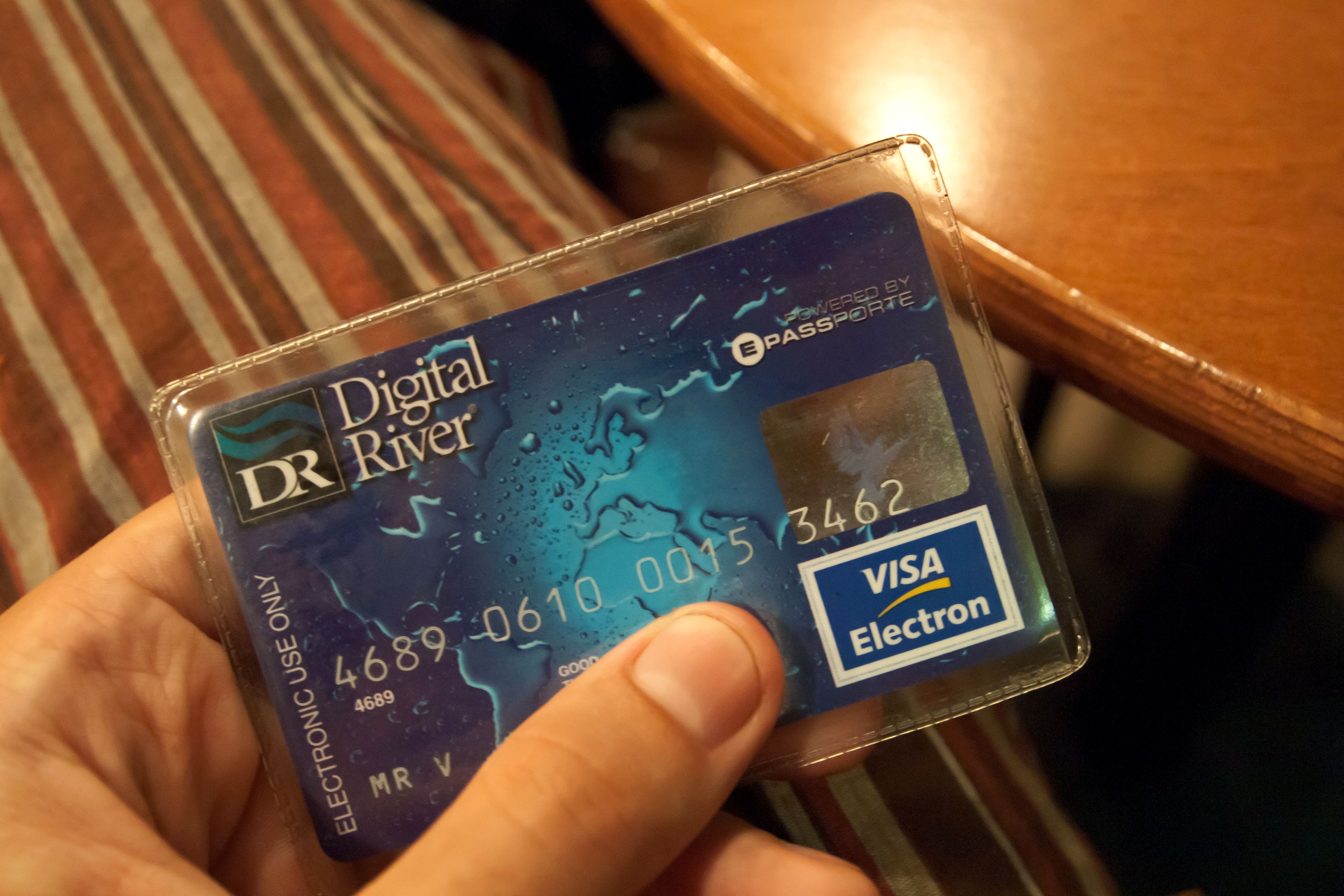
This is the most dangerous debt trap because it feels like the most responsible solution. You consolidate your credit card debt with a personal loan at a lower interest rate, often through online lenders who make the process incredibly simple. Your monthly payment goes down, your interest rate drops, and you feel like you’ve solved your debt problem.
But here’s what actually happens in most cases: you pay off your credit cards with the personal loan, which frees up all that credit card space again. About 46% of credit cardholders report having a balance, and about a quarter (23%) don’t think they’ll ever pay it off. Within eighteen months, you’re likely to have both the personal loan payment and new credit card debt.
Why Personal Loan Consolidation Fails:
- Credit cards become available: Original cards have zero balances again
- No habit change: Same spending patterns continue
- False security: Lower payment feels like “extra” money
- Double debt: Now carrying both personal loan and new credit card debt
- Higher total payments: Combined payments exceed original debt service
In the first quarter of 2025, 3.49% of unsecured personal loans were delinquent and in hardship, 60 days or more past due, down from 3.75% in the same quarter of 2024. The numbers show that while personal loans can work, they only work when combined with fundamental changes in spending behavior.
Consolidation Success vs. Failure Patterns:
| Success Factors | Failure Factors | 18-Month Outcome |
|---|---|---|
| Close original credit cards | Keep cards “for emergencies” | 78% develop new CC debt |
| Create strict budget | Rely on lower payment as “breathing room” | 85% exceed previous debt levels |
| Build emergency fund | Use payment savings for lifestyle inflation | 92% have combined debt higher than original |
| Address root spending causes | Focus only on payment consolidation | 67% default on personal loan |
The most successful debt consolidation stories involve people who treat the personal loan as a final chance to change their financial behavior, not just a way to lower monthly payments. They close credit cards, build emergency funds, and address the underlying spending habits that created the debt in the first place.
Did you recognize yourself in any of these situations? The path to financial freedom starts with awareness, and now that you can see these traps clearly, you have the power to avoid them or escape them. Remember: no debt trap is permanent, and every financial mistake is a learning opportunity disguised as a setback. Source: Consumer Financial Protection Bureau





